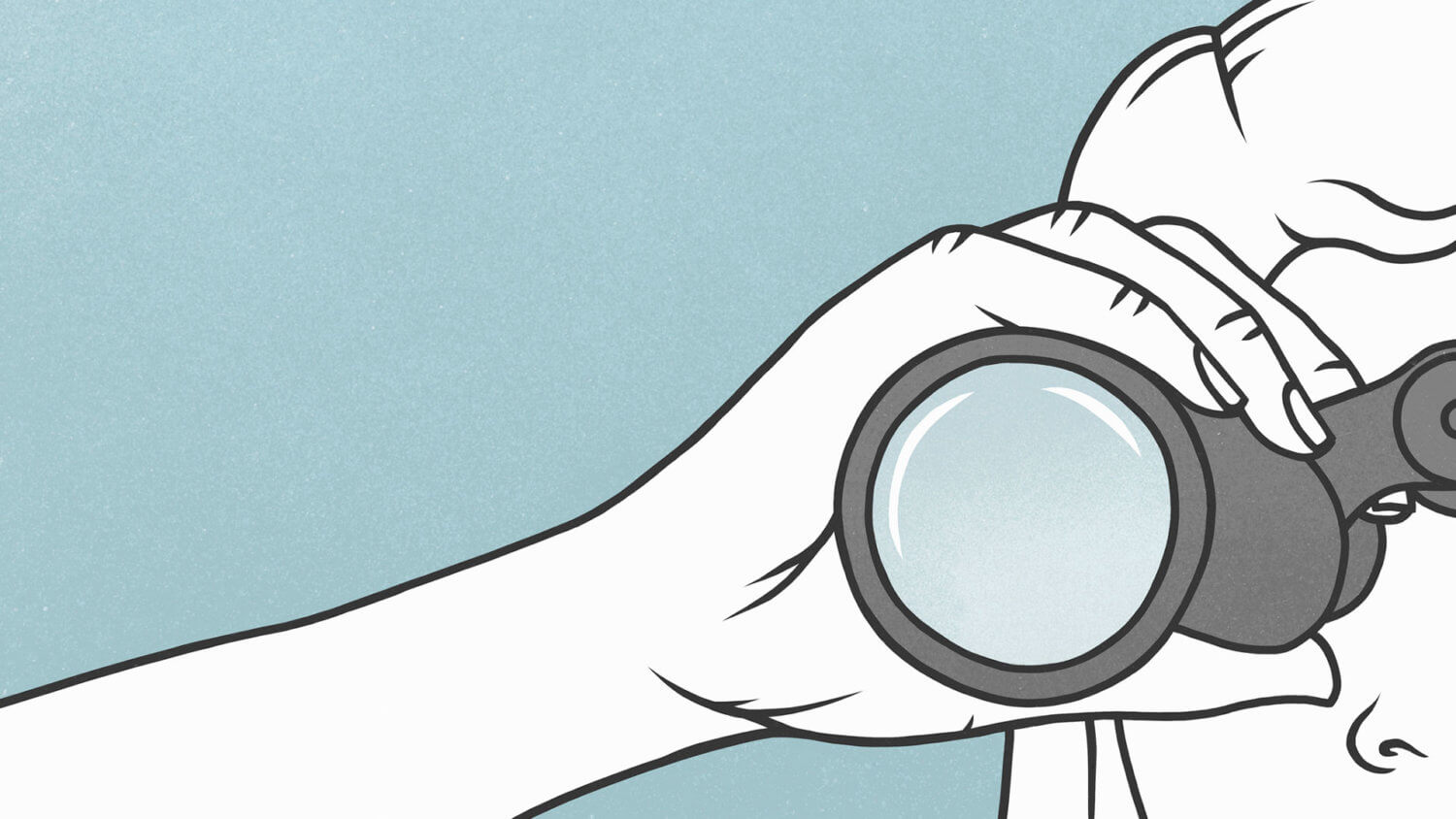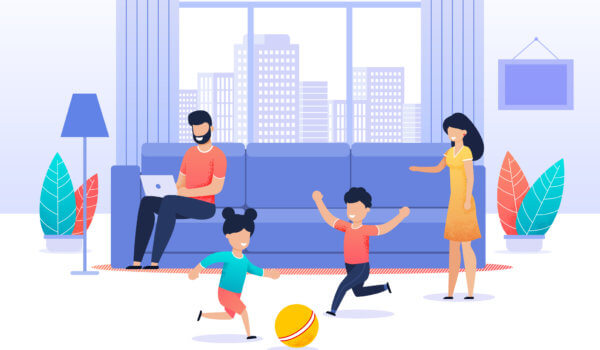You’ve heard the adage, “People see what they want to see.” Something similar could be said for the products you offer on your platform—”People don’t see what they don’t want.”
If you want your platform to thrive, you have to solve problems your engaged audience actually feels.

Family Tech Support
While every family is different, there is one thing most family gatherings have in common. If you get together with enough parents, grandparents, aunts, and uncles, someone will inevitably take out their iPhone and begin to express frustration about something that doesn’t work right.
Except, as the technically savvy member of the family, you really know that their frustration is just a setting that needs to be changed or a feature that’s been overlooked. You go to demonstrate the fix and are met with a sigh and the words, “Oh, I’ll figure it out later.”
If this sounds familiar in the least, then you’re already well acquainted with a primary pitfall of promoting your resources to an audience: people don’t want what they don’t see.

Try Platform University!
Want to give Platform University (your one-stop shop for building an online audience) a spin? Get your first week of Platform University for just $1. Cancel anytime. Try Platform University for Just $1If Uncle Fred doesn’t get it, it’s probably because he doesn’t care. In the grand scheme of things, it’s not a big deal. But when the same thing happens on your platform, the results can be catastrophic.
Think about it. What if you had a brilliant product that solves a real problem, but you had an email list of 10,000 people who don’t care?
Focus on Those Focused on You
Ray Edwards, one of our Platform University Masterclass instructors, developed a framework to explain (and avoid) this very phenomenon: The OPEN Buyer Awareness Scale.
With the OPEN Buyer Awareness Scale, Edwards explains the gap we’ve all experienced, by putting people into one of four stages based on their current thinking on the problem that you aim to solve:
- Oblivious: People in this stage have no idea the problem exists, and are completely uninterested in any solution.
- Pondering: People in this stage are aware of their problem, but not worried—although they may think about solving it.
- Engaged: People in this stage are actively seeking a solution to the problem in front of them, which is top of mind.
- Need: People in this stage are desperate, and want an immediate solution. They may try a dozen solutions at once.
While this is a longer conversation (you should check out Ray’s work), this is what you need to know right now: you’re wasting your time selling solutions to people in the Oblivious stage, and even Pondering people are a poor use of your time. Focus your time and energy on customers in the Engaged state of awareness and the Need awareness customers will find you as well.
To be clear, the problem could be exactly the same with each group, and just as severe. But again, people don’t want what they aren’t aware of, and building awareness is a long, and often expensive journey.
Build your platform to serve your Engaged and aware audience. This is the most direct route to influence, income, and success.



